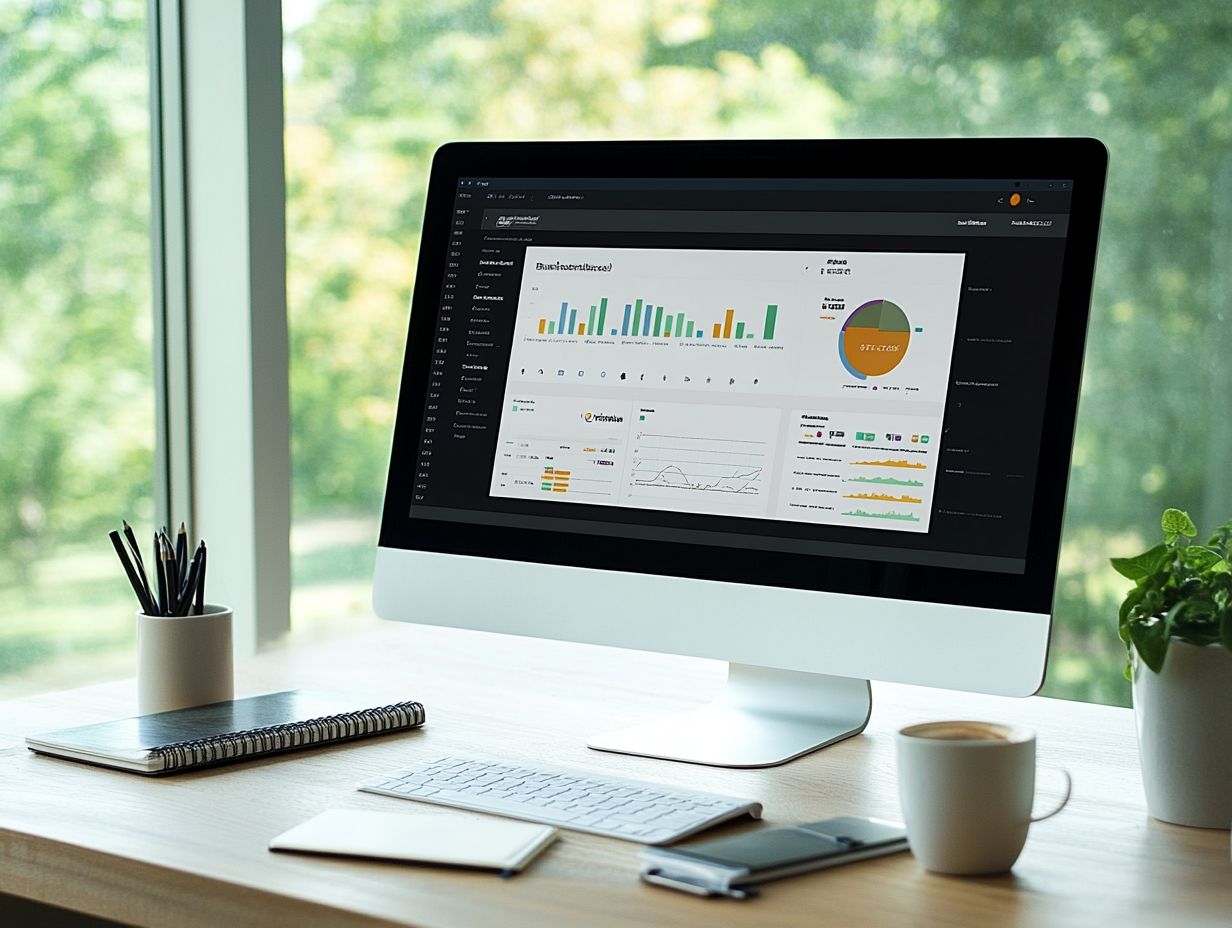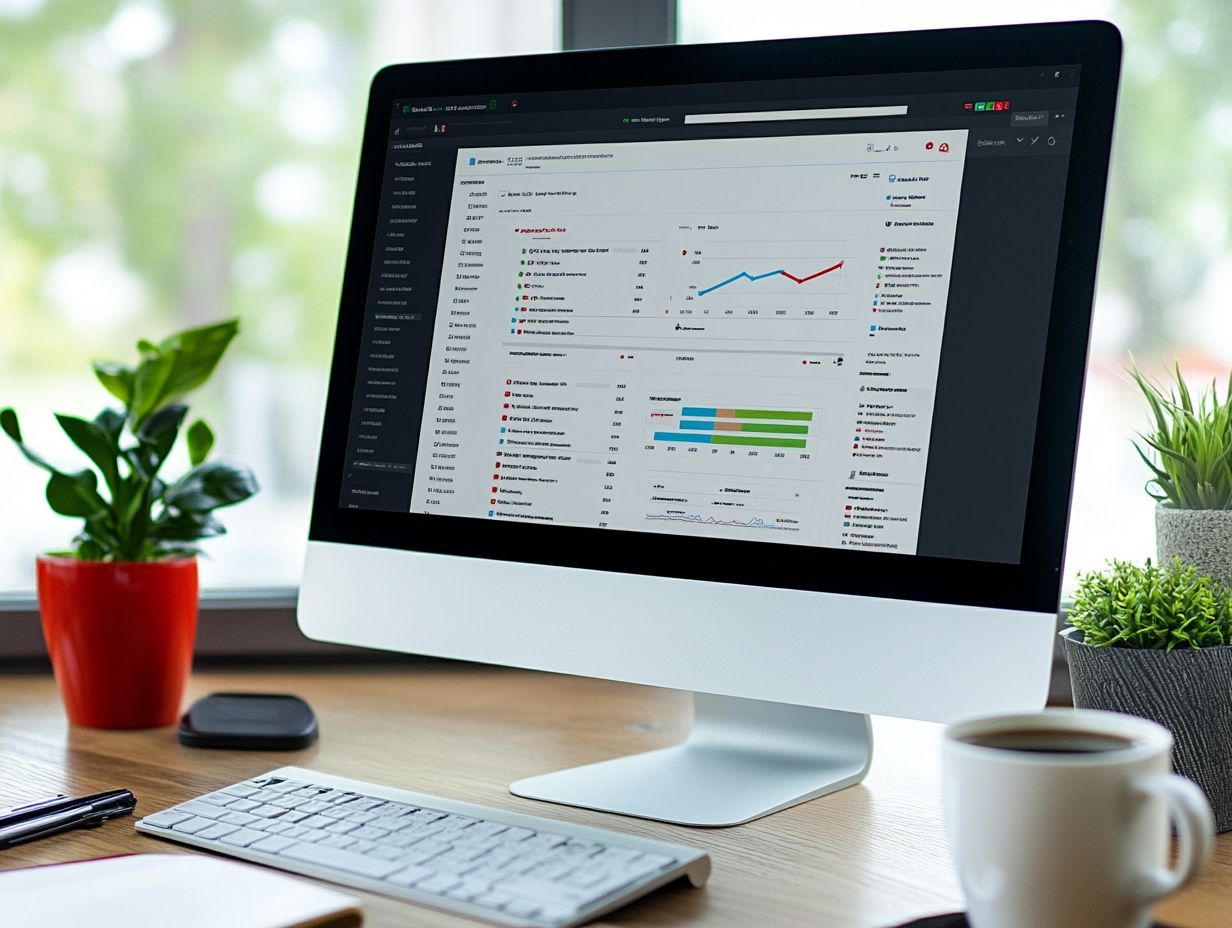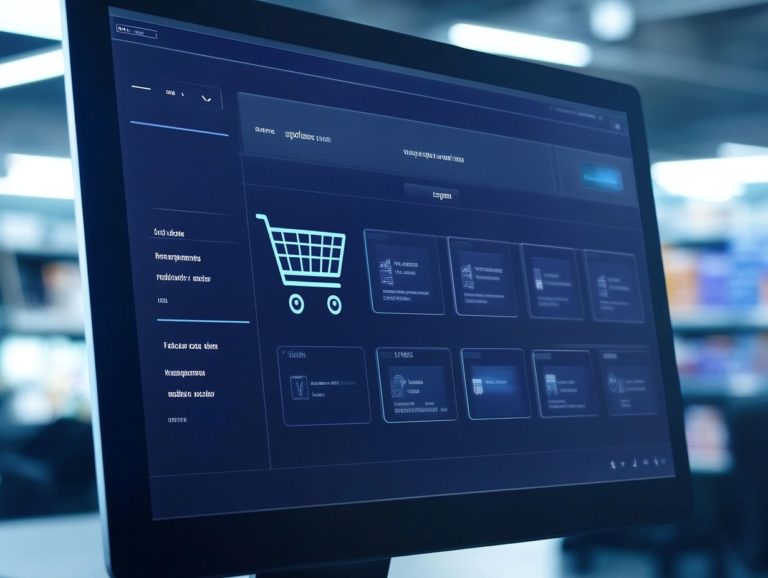Email Marketing Techniques to Boost Conversions
Email marketing stands as a powerful tool in the realm of digital marketing, providing you with a direct channel to engage your audience and build real relationships.
This exploration delves into the essence of email marketing and its vital role in driving conversions. You’ll uncover the nuances of personalization and the significance of building trust, both of which can elevate your campaigns to new heights.
Now is the perfect time to transform your email marketing approach! We will outline key metrics to monitor and strategies for ongoing improvement.
Contents
- Key Takeaways:
- Understanding Email Marketing
- Why Email Marketing is Important for Conversions
- Effective Email Marketing Techniques
- Measuring and Improving Conversions
- Frequently Asked Questions
- What are some effective email marketing techniques to boost conversions?
- How can personalization improve conversions in email marketing?
- Why is segmentation important in email marketing?
- What is A/B testing and how can it boost conversions in email marketing?
- How can compelling subject lines impact email marketing conversions?
- Why is it important to optimize emails for mobile devices to boost conversions?
Key Takeaways:

- Personalization is key in email marketing. Tailor your emails to your audience’s interests and needs to increase conversions.
- Building trust and relationships through email is crucial for long-term customer retention. Use personalized and relevant content to foster a connection with your audience.
- Segmentation, compelling subject lines, engaging content, and strategic calls to action are all essential techniques for a successful email marketing campaign. Continuously track and optimize your campaigns to improve conversions.
Understanding Email Marketing
Email marketing is a powerful digital marketing strategy that enables you to send targeted messages to a specific audience, aiming to drive engagement, conversions, and retention.
By harnessing customer data and insights, you can design personalized email campaigns that resonate with your subscribers, resulting in improved conversion rates and a deeper connection with your audience.
Whether through promotional emails, newsletters, or automated sequences, email marketing truly shines when it connects directly with consumers, nurturing a relationship that enhances customer engagement and loyalty.
What is Email Marketing?
Email marketing is the art of sending emails to your list of subscribers to promote your products and services or engage directly with your customers.
This powerful tool includes various components, such as newsletters that provide informative content and updates, promotional emails crafted to showcase special offers, and automated messages that nurture leads or remind clients of their abandoned carts. Use these elements to create tailored campaigns that connect with your audience, driving conversions and enhancing customer relationships.
With email marketing, you can segment your audience, targeting specific demographics to maximize effectiveness and ensure the right message reaches the right people at just the right moment.
Why Email Marketing is Important for Conversions
Email marketing is essential for businesses wanting to increase conversions, thanks to its power to deliver targeted messages that resonate with consumer interests and preferences. Understanding email segmentation for better conversions can enhance this process. Unlike other marketing channels, email facilitates direct communication with subscribers, allowing you to cultivate relationships that can significantly boost conversion rates.
By leveraging effective email campaigns, you can employ strategies like segmentation and personalization to ensure your emails reach the right audience while inspiring action through compelling calls to action and persuasive content. Additionally, tracking email performance metrics offers invaluable insights that can optimize your future marketing strategies.
The Power of Personalization
Personalization in email marketing means crafting content and messages tailored specifically to your preferences, behaviors, and customer data. This practice significantly boosts engagement rates.
By utilizing insights from your interactions, marketers can create emails that resonate more deeply with you. Techniques like dynamic content allow for variations in messaging, ensuring that the email you receive feels uniquely crafted to your characteristics, offering a truly customized experience.
Segmentation strategies enable marketers to group subscribers based on shared traits think demographics or purchase history ensuring that you receive targeted messaging that feels relevant and speaks directly to your interests. This tailored approach enhances your engagement and builds brand loyalty, making you feel valued and understood.
Building Trust and Relationships

Building trust and cultivating relationships through email marketing is crucial for your customer retention strategy. It nurtures loyalty and encourages repeated engagement with your brand.
By thoughtfully incorporating effective email communication techniques, such as testimonials and social proof, you can significantly strengthen your connections with subscribers.
For instance, showcasing positive feedback from satisfied customers instills confidence in potential buyers, prompting them to take action.
Highlighting social proof like sharing the number of users who adore a particular product or service creates a sense of community and belonging among your audience.
When these elements are seamlessly integrated into your email campaigns, they boost engagement and position your brand as a trusted source in the minds of recipients.
Making these strategies a priority is essential for nurturing long-term relationships that pay dividends over time.
Effective Email Marketing Techniques
Implementing effective email marketing techniques is a game-changer for optimizing your campaigns and enhancing overall performance. This positions your business to achieve its marketing goals with remarkable efficiency.
Segmentation and Targeting
Segmentation and targeting are key elements of effective email marketing. They allow you to divide your audience into groups based on their interests and behaviors, enabling you to deliver tailored messages.
This approach elevates the relevance of each message and significantly enhances engagement rates, ultimately driving higher conversion and retention.
For example, an online clothing retailer that segments its audience into categories like women s wear, men s wear, and accessories can provide personalized recommendations, seasonal promotions, or special offers that resonate with each demographic.
Effective segmentation can be the difference between an email that gets ignored and one that prompts a click. It nurtures a more engaging relationship with your customers.
Compelling Subject Lines
Crafting compelling subject lines is vital for your email marketing success. They directly influence both click-through rates and open rates.
An effective subject line captures your recipient’s attention and offers a sneak peek of the email’s content. This can be achieved through strategic messaging tailored to resonate with their needs or interests.
Using urgency tactics like “Limited Time Offer” or “Only 24 Hours Left to Save!” creates a sense of immediacy that prompts quick action.
Personalizing subject lines with the recipient’s name or referencing past purchases can significantly enhance engagement. Thoughtful use of actionable verbs and questions, such as “Unlock Your Exclusive Discount Today!” compels the reader to click and explore further.
Engaging Content and Design
Engaging email content and design are pivotal in capturing your reader’s interest and enhancing their overall experience.
Combining appealing visuals with well-structured text can dramatically boost your open and click-through rates. Incorporating images, infographics, and videos makes your communication more vibrant and relatable, helping recipients connect with your brand message on a personal level.
Utilizing responsive design is key. Ensuring your emails look stunning on any device whether it s a smartphone or a desktop widens your audience reach.
By strategically placing call-to-action buttons and optimizing load times, you encourage recipients to dive deeper into your content, nurturing a meaningful relationship with your audience.
Call-to-Action Strategies

Effective call-to-action (CTA) strategies help guide subscribers to take desired actions. Whether it s making a purchase or signing up for a webinar, these tactics are essential.
Using urgency tactics can elevate your email automation. Phrases like “Limited time offer” or “Only a few spots left” create a sense of urgency, nudging subscribers to act quickly.
Countdown timers in emails act as powerful visual cues. They compel recipients to engage before the opportunity slips away.
Personalizing your message based on user behavior is another effective strategy. It allows you to create a more tailored experience for each subscriber.
A/B testing helps refine these tactics. It reveals which messages resonate best with your audience and boosts conversion rates.
Measuring and Improving Conversions
Measuring conversions is crucial in successful email marketing. It helps evaluate campaign effectiveness and enables you to make data-driven decisions.
Key Metrics to Track
Tracking metrics like email open rates and click-through rates is essential. These insights show how recipients engage with your content.
Identify which subject lines and calls-to-action drive results. Don’t forget metrics like bounce rates and unsubscribe rates, which highlight potential issues.
Monitoring conversion rates reflects your campaign’s effectiveness. This allows you to make informed decisions that enhance targeting and content relevance.
Optimizing Email Campaigns
To achieve superior conversion rates, optimize your email campaigns. Use techniques like split testing and analyzing email insights.
Employ various strategies to target your audience effectively. Testing different subject lines can reveal what resonates best.
Examine metrics like open rates and click-through rates. These insights help you make adjustments that elevate your campaigns.
Frequently Asked Questions
What are some effective email marketing techniques to boost conversions?

Effective email marketing techniques include personalization, segmentation, A/B testing, compelling subject lines, and clear call-to-actions.
How can personalization improve conversions in email marketing?
Personalization, like using the recipient’s name, makes emails more relevant. This approach increases engagement and conversion chances.
Why is segmentation important in email marketing?
Segmentation allows targeted emails to specific subscriber groups. This increases content relevance and improves conversion rates.
What is A/B testing and how can it boost conversions in email marketing?
A/B testing sends two email versions to a small group of subscribers. This helps identify what your audience likes and improves conversion rates.
How can compelling subject lines impact email marketing conversions?
Subject lines are the first thing a recipient notices. A strong subject line encourages them to open the email and can lead to conversions.
Why is it important to optimize emails for mobile devices to boost conversions?
Many people check their emails on mobile devices. Optimizing your emails for mobile ensures a smooth experience.
This includes a user-friendly layout and easily clickable links.






